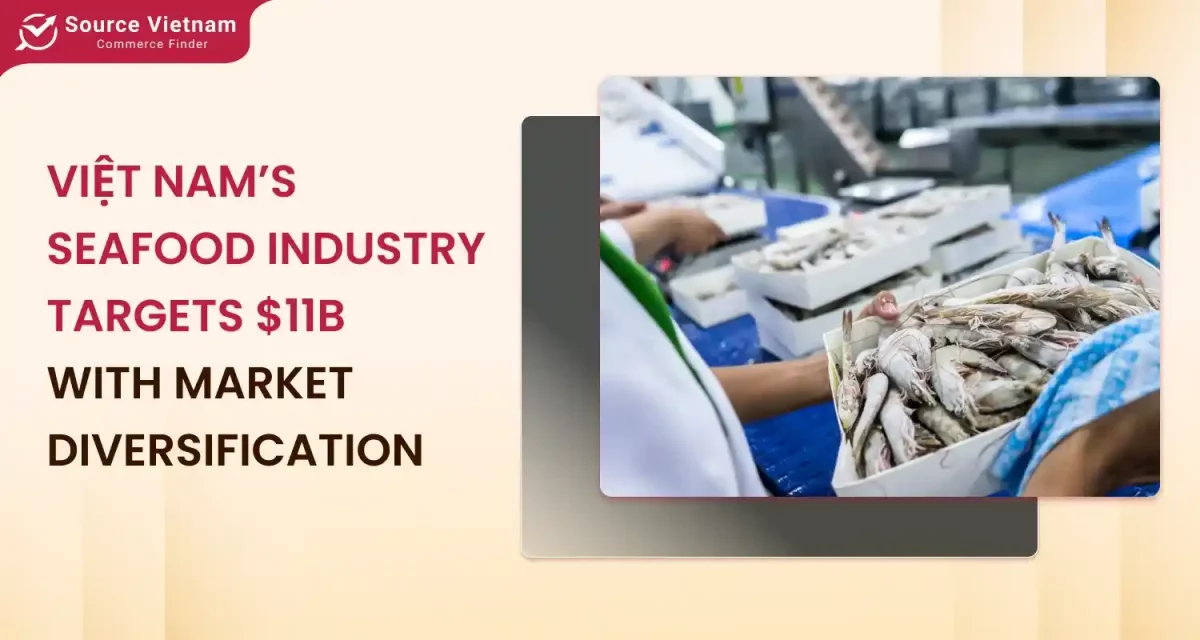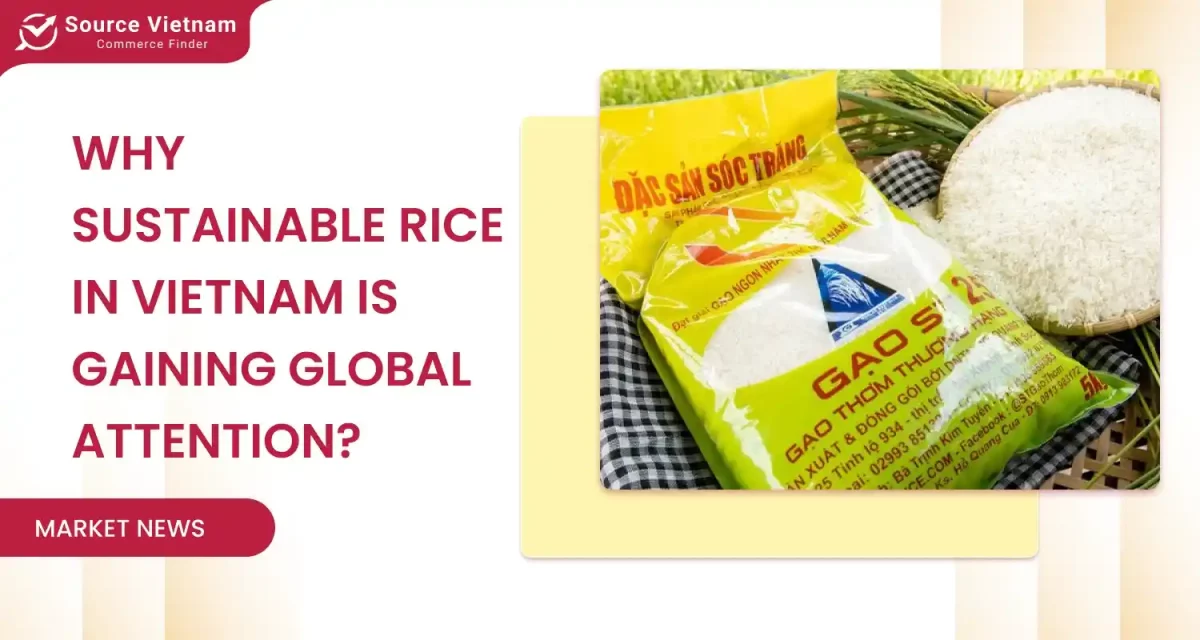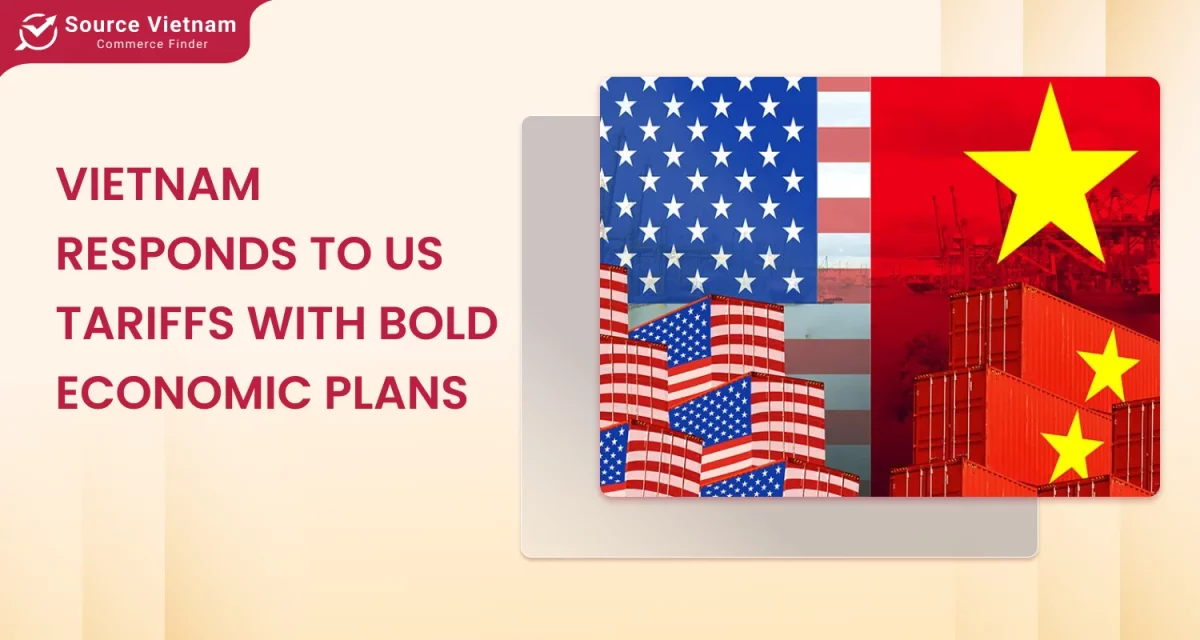Insight:
- As of December 15, the exports of Vietnam’s tuna to Italy in 2024 are projected to be a little over $30 million, an 18% decline from the previous year. Meanwhile, exports have seen a steep fall from $6 million in June to $281,000 by November, having faced such adversities. Other issues: limited supply, difficult size requirements, and the lowered need for frozen steamed tuna loins and canned tuna (which saw a 50% and 16% decline respectively) have also contributed.

Vietnam’s export of tuna to Italy registered significant drops toward the tail end of 2024. After reaching close to $6 million in June 2024, the values of exports began to decrease and dwindled continuously over the course of the next 5 months. By the end of December 15, 2024, total cumulative shrimp export turnover values to the Italian market registered an 18% decline compared to the same duration of 2023, amounting to greater than $30 million in total. This sharp decline has pushed Italy out of its position as Vietnam’s largest tuna importer within the European Union (EU).
Export value plummets
As reported by Vietnam Customs stats, the export value of Vietnam’s tuna to Italy has been decreasing every month since June. The export turnover plummeted to only slightly over $281,000 in November 2024, down from a peak of $6 million in June. This amount is remarkably lower than the export turnover recorded in the same period as of 2023.
Reduced demand for processed and canned tuna products
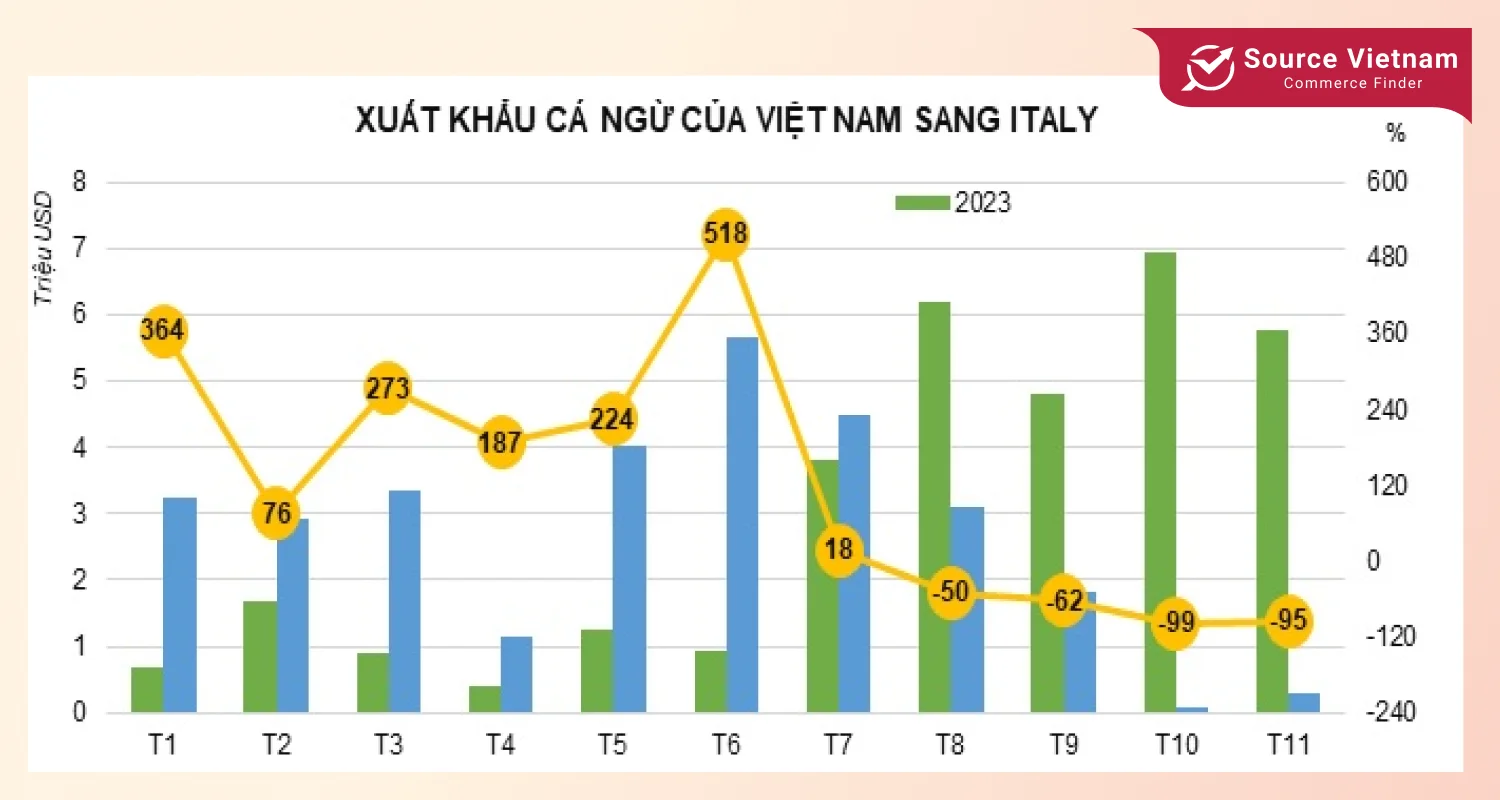
Compared to last year, Italy has decreased the volume of imports of Vietnam’s canned and processed tuna products. In particular, the exports of frozen steamed tuna loins (HS code 16) were the most negatively impacted, with a staggering 50% decline from the amounts registered in the year 2023. On the other hand, the canned tuna products exports have suffered an even greater decrease of 16%.
Advantages of the EVFTA agreement
The Vietnam-EU Free Trade Agreement (EVFTA), which came into effect recently, has enabled deeper access to the Italian market for Vietnam’s tuna products. With EVFTA, Vietnamese exporters can now look forward to lower tariffs as well as greater opportunities for exports. Also, Vietnam’s geographical proximity, lower wages, and its position within the global value chain have considerably strengthened its standing in Italy. However, these benefits have not been enough to offset the challenges faced in late 2024.
Challenges from the input supply
The tuna industry in Vietnam has been struggling with supply issues since the implementation of Decree No. 37/2024/ND-CP on May 19, 2024. This regulation has created shortages of skipjack tuna, which has directly affected export activities to various markets.
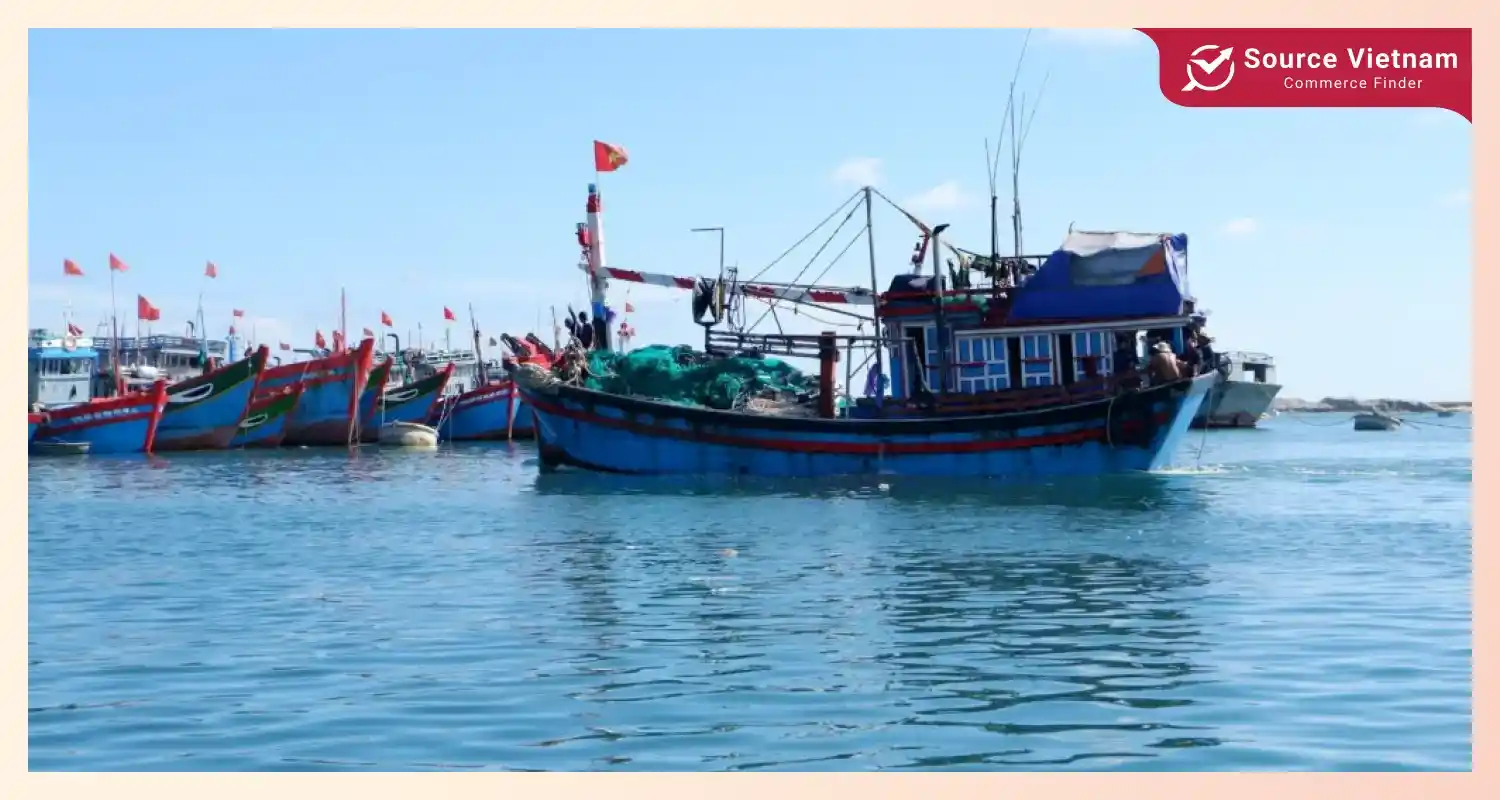
As the Lunar New Year of 2025 approaches in less than a month, many fishing boats across major provinces are still grounded and haven’t been able to brush the sea. Reports given out by local fisheries departments indicate that an alarming number of fishermen have opted to stay ashore because of the low purchase prices and the high operating costs.
Fishermen claim buyers bought skipjack tuna at 30,000 and a kilogram, but they are currently offering only 17,000 and – 19000 per kilogram. At that price, some revenue is earned from selling fish, but it barely covers the cost of fuel, and none is left for labor costs. Therefore, several boat owners have opted to stay on land and dock their boats.
Impact of decree No. 37/2024/ND-CP
Decree No. 37/2024/ND-CP specifies that the minimum permissible length of skipjack tuna for harvesting is 50 centimeters. However, most of the skipjack tuna caught by fishermen weigh less than 2 kilograms per fish and measure about 30 centimeters or less. Only around 10% of the catch meets the minimum size requirements outlined in the decree. Consequently, a large portion of the harvested tuna fails to meet the required standards, and businesses cannot purchase them.
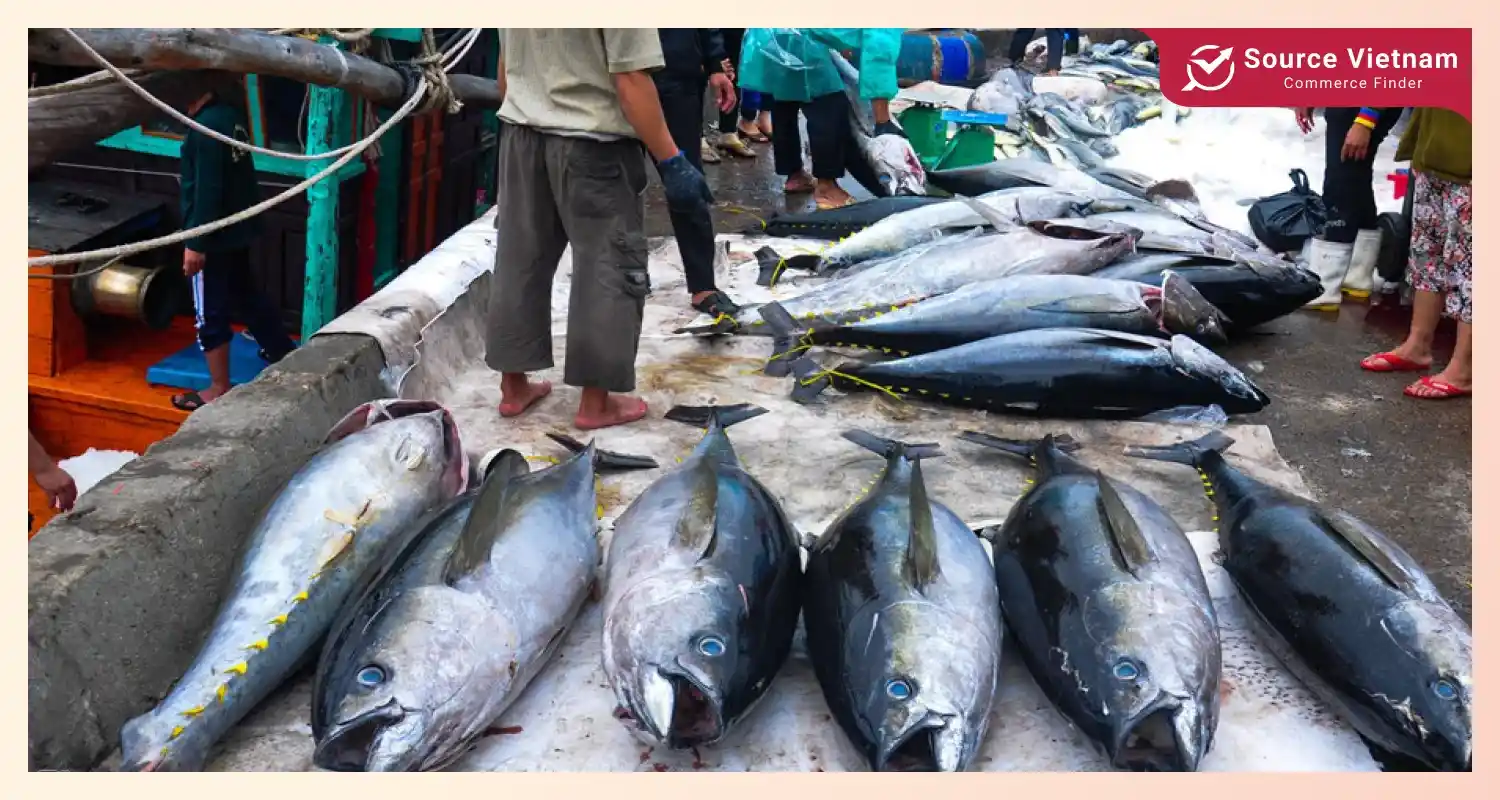
This circumstance is problematic for fishermen and businesses. Fishermen are economically impacted by unsold catches, and businesses have trouble sourcing raw materials that would qualify for tariffs under EVFTA.
Outlook for early 2025
The absence of proper raw materials will, in the foreseeable future, affect Vietnamese exports of tuna. It is predicted that exports of frozen steamed tuna loins and canned tuna products will have difficulties in growth not only in the Italian market but in other markets, too, at the beginning of 2025.
Conclusion
In the latter part of 2024, a drastic fall in Vietnam’s tuna exportation to Italy indicates serious problems in the industry. Even though there were tariff deductions and market expansions with the EVFTA, this sector hasn’t been able to deal with the supply shortages and barriers to entry into the market. The combination of reduced demand from Italy, lower purchase prices for fishermen, and stricter size regulations under Decree No. 37/2024/ND-CP has created a complex situation. With these challenges expected to persist, Vietnam’s tuna exports, especially frozen steamed tuna loins and canned tuna products, are likely to face continued difficulties in early 2025, both in Italy and other key markets.





